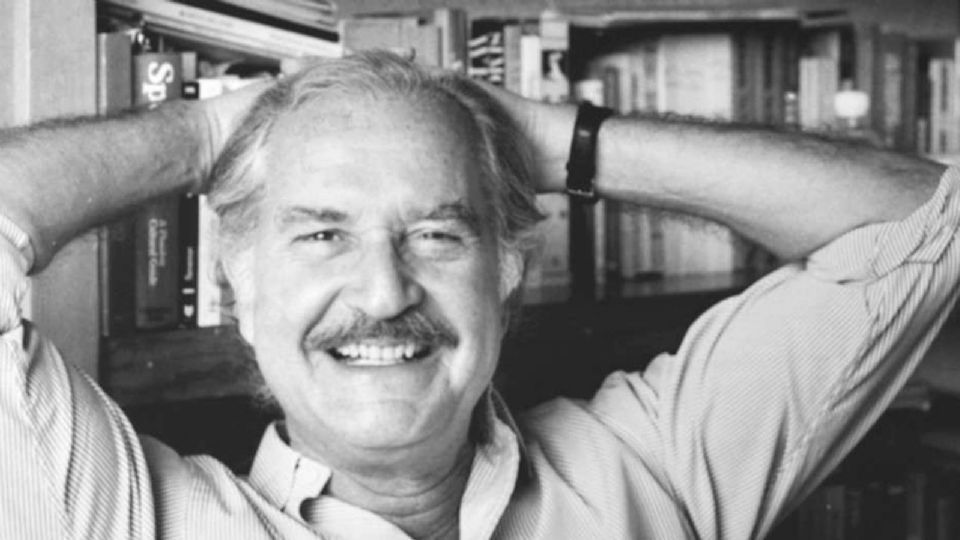Five books by Mexican writer Carlos Fuentes
93 years after his birth, we pay tribute to Mexican narrator and essayist Carlos Fuentes, one of the most important writers of Spanish literary history and of what was known as the Latin American Boom. In this article, we review part of his life and work and share some of his best books.





